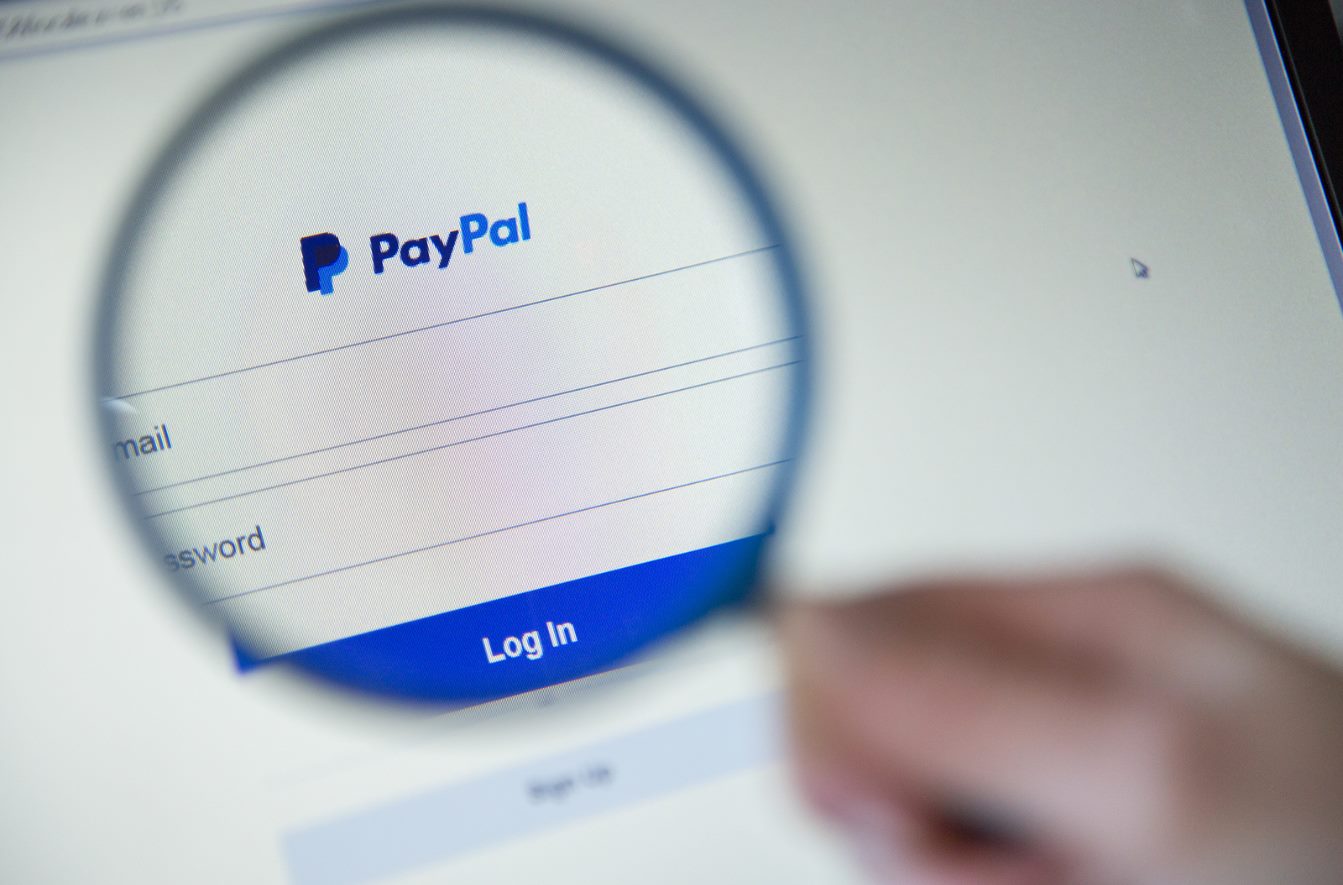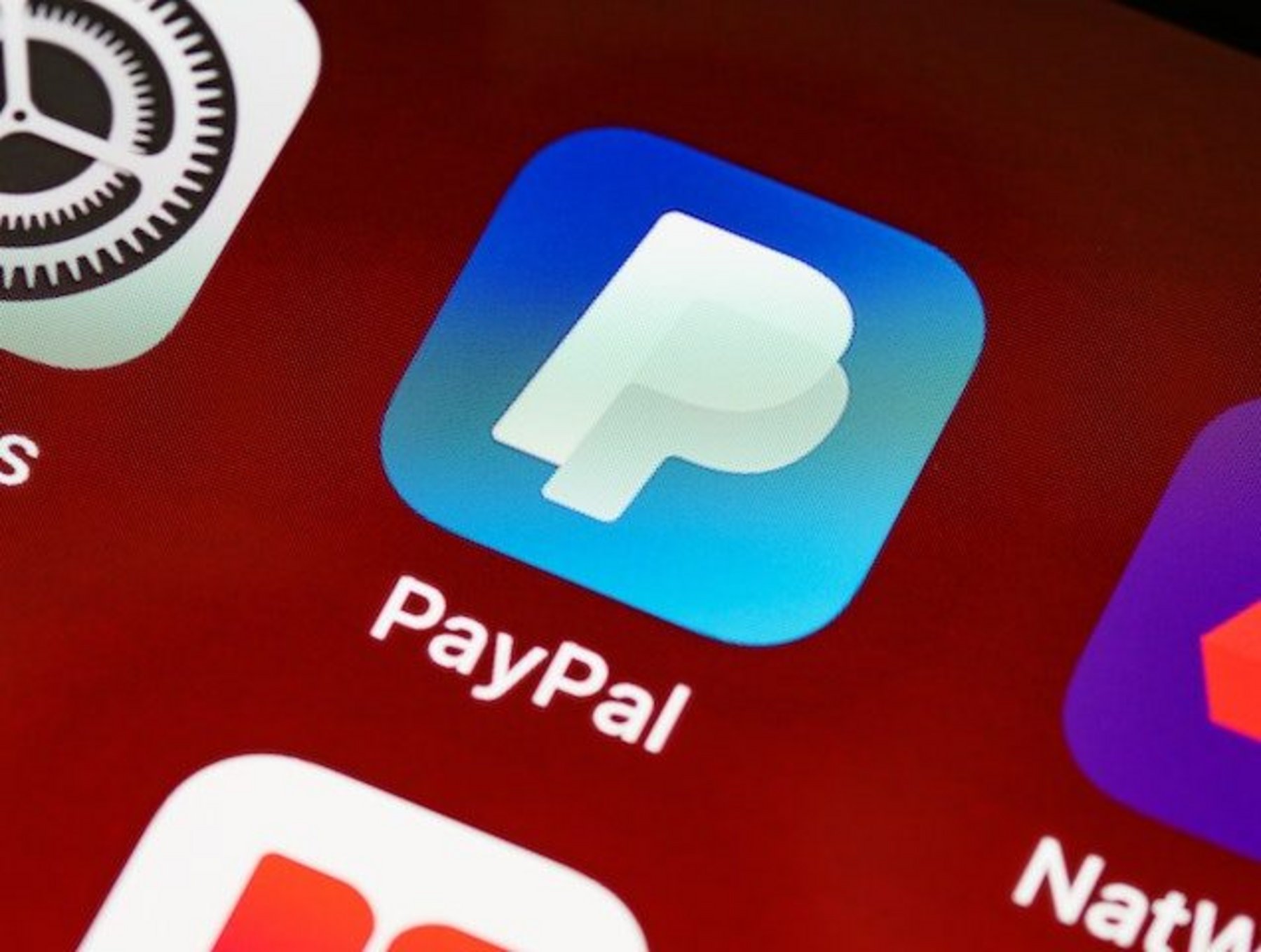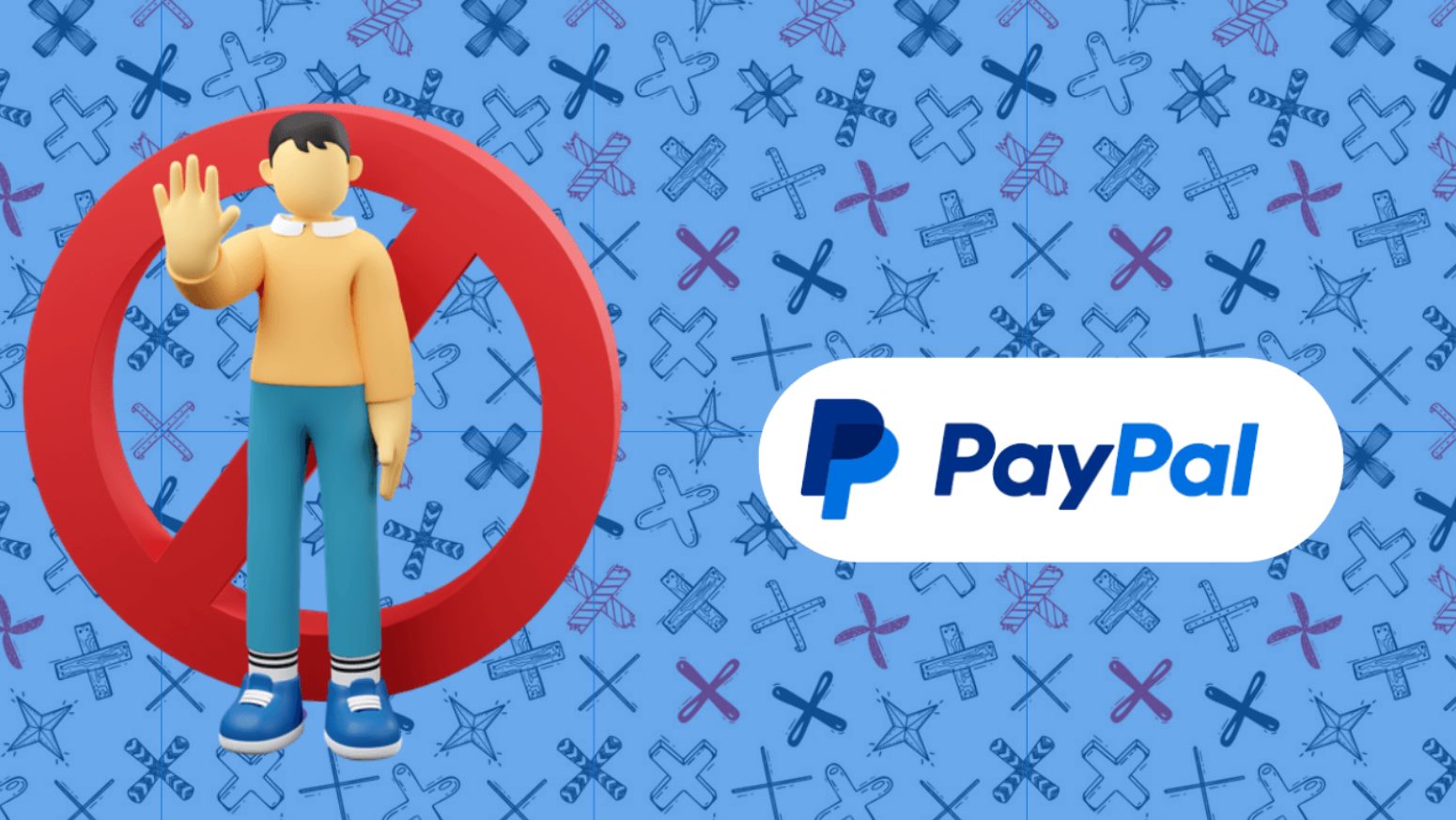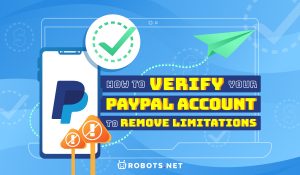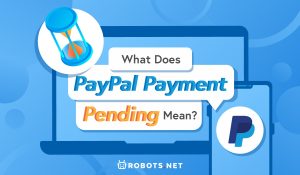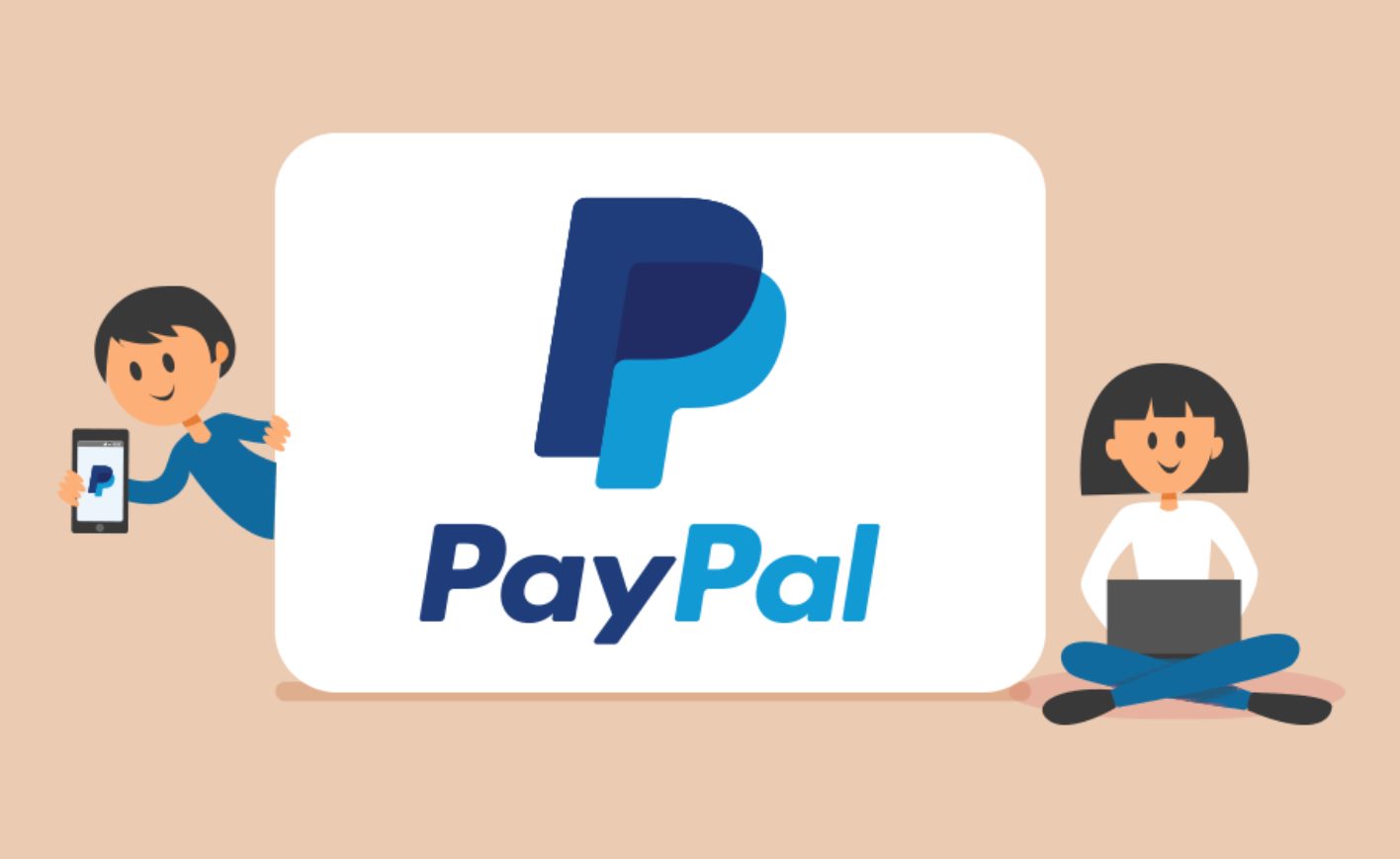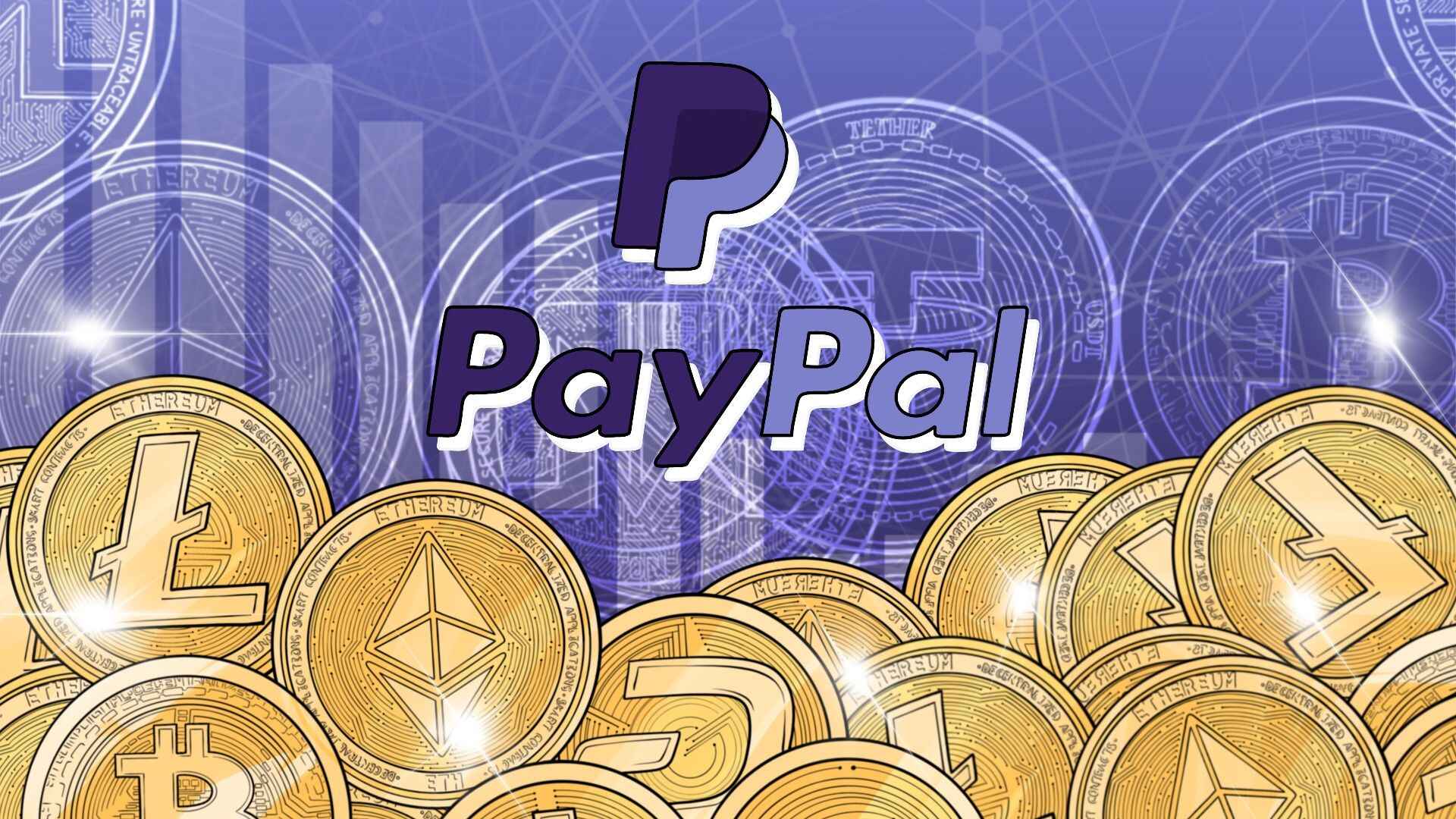Introduction
Welcome to the world of online transactions where PayPal, a popular digital payment platform, reigns supreme. With millions of users worldwide, PayPal offers a convenient and secure way to send and receive money, make online purchases, and conduct business transactions. However, with the rise of cybercrime and phishing attacks, it has become essential to be able to differentiate between legitimate PayPal emails and fraudulent attempts.
Recognizing a legitimate PayPal email can save you from falling victim to scams and protect your valuable personal and financial information. Scammers have become increasingly sophisticated in their tactics, making it crucial for PayPal users to be aware of the common features found in genuine emails and the red flags that indicate a suspicious one.
In this article, we will take a closer look at the anatomy of a PayPal email, highlighting the key components that make up a legitimate communication from PayPal. We will also discuss the common features found in genuine PayPal emails and the red flags that should raise suspicion. Additionally, we will provide tips on how to verify the authenticity of a PayPal email and share best practices to safeguard your PayPal account from potential threats.
By understanding the distinguishing characteristics of a genuine PayPal email and being vigilant about spotting potential threats, you can navigate the digital realm with confidence and peace of mind. So, let’s dive in and explore what a real PayPal email looks like and how you can protect yourself from falling victim to phishing attempts!
Importance of Recognizing a PayPal Email
Recognizing a legitimate PayPal email is of utmost importance in today’s digital landscape. Fraudulent emails, known as phishing emails, are designed to deceive users into providing their personal and financial information to cybercriminals. These emails often imitate the appearance and language of genuine PayPal communications, making it difficult for unsuspecting users to differentiate between the real and the fake.
The consequences of falling for a phishing scam can be severe. Cybercriminals can gain unauthorized access to your PayPal account, compromising your sensitive data and potentially causing financial loss. They may also attempt to use your account to make fraudulent transactions or engage in identity theft.
By being able to identify a legitimate PayPal email, you can avoid these risks and protect yourself from becoming a victim of online scams. Recognizing the signs of a phishing email allows you to refrain from clicking on malicious links or downloading harmful attachments, reducing the likelihood of compromising your personal information.
Moreover, understanding the elements of a genuine PayPal email enables you to make informed decisions when it comes to managing your account. You can confidently respond to legitimate PayPal communications, ensuring that you don’t miss out on important updates or notifications regarding your account activity.
Recognizing a PayPal email is particularly important for individuals who regularly use PayPal for business transactions. As a business owner, being able to quickly identify a legitimate PayPal email can prevent disruptions to your operations and protect your customers’ payment information.
Overall, being adept at recognizing a legitimate PayPal email is crucial for maintaining the security and integrity of your account. By staying informed, you can navigate the online landscape with confidence, keeping your personal information safe and ensuring a seamless PayPal experience.
Anatomy of a PayPal Email
Understanding the various components of a genuine PayPal email is key to identifying whether an email is legitimate or a potential phishing attempt. While scammers may employ tactics to replicate the appearance of a real PayPal email, there are specific elements that you can look for to determine its authenticity.
1. Sender Information: Legitimate PayPal emails will come from a verified email address ending in “@paypal.com”. Be cautious if the sender’s email address contains misspellings or unusual domains.
2. Greeting: Authentic PayPal emails will address you by your registered name or the business name associated with your account. Be cautious if the email begins with a generic greeting like “Dear User” or “Hello PayPal Member”.
3. Logo and Branding: Genuine PayPal emails will consist of the official PayPal logo and branding elements. Pay attention to the quality and clarity of the logo, as fake emails may contain distorted or low-resolution versions.
4. Email Layout: A legitimate PayPal email will have a clean and organized layout. Look for consistent formatting, alignment, and font usage throughout the email. Be wary of emails with irregular spacing, mismatched fonts, or excessive use of bold or italic text.
5. Content and Language: Genuine PayPal emails will contain clear and concise information related to your account. Be cautious of emails that excessively use urgency or create a sense of panic to prompt immediate action. Watch out for poor grammar, spelling errors, or unusual phrasing, as these can be red flags for phishing attempts.
6. Links and Buttons: Check the links and buttons in the email by hovering your mouse over them (without clicking). Legitimate links will direct you to official PayPal webpages, starting with “https://” and displaying the lock symbol indicating a secure connection. Avoid clicking on suspicious or unfamiliar links.
7. Personal Information: Authentic PayPal emails will never ask you to provide sensitive personal information such as your Social Security number, credit card details, or password via email. Be cautious if an email requests such information and avoid responding or clicking on any provided links.
By familiarizing yourself with the anatomy of a genuine PayPal email, you empower yourself to identify potential phishing attempts. Remember, scammers are continuously evolving their tactics, so stay vigilant and double-check every email before taking any action.
Common Features in a Legitimate PayPal Email
Recognizing the common features found in genuine PayPal emails can help differentiate them from phishing attempts. While scammers may attempt to mimic the appearance of authentic PayPal communications, there are several key elements that you can look for to determine if an email is legitimate.
1. Subject Line: Legitimate PayPal emails will often have descriptive and relevant subject lines related to your account activity. These may include information about transactions, account notifications, or security updates. Pay attention to subject lines that are concise and directly related to your PayPal account.
2. Account Information: Genuine PayPal emails will address you by your registered name or the business name associated with your account. They may also include specific details about recent transactions, such as the recipient’s name or the amount paid. Be cautious of emails that fail to provide accurate and personalized information regarding your account activity.
3. Security Measures: Authentic PayPal emails prioritize the security of your account. They may include information about recent login attempts, suspicious activity, or password changes, along with instructions on how to address these issues. Be cautious of emails that claim your account is suspended or compromised without any supporting details or assistance provided.
4. Contact Information: Genuine PayPal emails will provide contact information, such as a customer support phone number or a link to the PayPal Help Center, to address any concerns or queries you may have. Be cautious of emails that fail to provide any means of contacting PayPal or redirect you to suspicious websites.
5. Unsubscribe Option: Legitimate PayPal emails often include an option to unsubscribe or manage email preferences. This allows you to control the frequency and type of communications you receive from PayPal. Be cautious of emails that lack an unsubscribe option or request personal information to unsubscribe.
6. Footer Information: Authentic PayPal emails typically include a footer section that contains important legal and security information, such as terms of service, privacy policy, and copyright notices. This adds credibility and transparency to the email. Be cautious of emails that lack a footer section or contain inconsistent or missing legal information.
By recognizing these common features, you can confidently assess the legitimacy of a PayPal email. However, it’s important to remember that scammers can still replicate some of these elements. Always exercise caution and verify the authenticity of an email through additional means, such as directly logging into your PayPal account or contacting PayPal’s official customer support.
Red Flags to Look out for in a Suspicious PayPal Email
Being able to identify red flags is crucial in spotting suspicious PayPal emails. While scammers may attempt to make their emails appear genuine, there are certain warning signs that can help you recognize a potential phishing attempt. By remaining vigilant and being aware of these red flags, you can protect yourself from falling victim to scams.
1. Generic Greetings: Be cautious if the email begins with a generic greeting like “Dear User” or “Hello PayPal Member”. Legitimate PayPal emails usually address you by your registered name or the business name associated with your account.
2. Misspelled Words or Poor Grammar: Pay attention to poor grammar, spelling errors, or unusual phrasing in the email. Authentic PayPal communications maintain a professional tone and have correct spelling and grammar.
3. Urgency or Fear Tactics: Beware of emails that create a sense of urgency or use fear tactics to prompt immediate action. Scammers often try to induce panic by claiming your account is compromised or suspended. Official PayPal emails will never pressure you to take immediate action without providing proper instructions and support.
4. Suspicious Sender Information: Check the sender’s email address. Legitimate PayPal emails will come from a verified email address ending in “@paypal.com”. Be cautious if the email domain is misspelled or unfamiliar.
5. Poor Formatting and Design: Be wary of emails with irregular spacing, mismatched fonts, or excessive use of bold or italic text. Genuine PayPal emails have a clean and organized layout with consistent formatting and design elements.
6. Requests for Personal Information: Authentic PayPal emails will never ask you to provide sensitive personal information such as your Social Security number, credit card details, or password via email. Be cautious if the email requests such information or asks you to click on a suspicious link to update your account details.
7. Suspicious Links and Attachments: Avoid clicking on links or downloading attachments in suspicious emails. Hover your mouse over any links (without clicking) to check the destination URL. Legitimate PayPal emails will direct you to official PayPal webpages with URLs starting with “https://” and displaying the lock symbol indicating a secure connection.
8. Unusual Email Requests: Be cautious if the email asks for unexpected actions, such as sending money or making donations. Scammers may try to exploit your trust by pretending to be a charitable organization or a legitimate business associated with PayPal.
By remaining vigilant and paying attention to these red flags, you can protect yourself from phishing attempts and keep your personal information secure. If you receive a suspicious email, report it to PayPal immediately and delete it from your inbox.
How to Verify the Authenticity of a PayPal Email
Verifying the authenticity of a PayPal email is essential to protect yourself from phishing scams. Here are some steps you can take to ensure that an email is genuinely from PayPal:
1. Check the Sender’s Email Address: Ensure that the email is sent from a verified PayPal email address ending in “@paypal.com. Be cautious if the email comes from a suspicious or unfamiliar domain.
2. Assess the Greeting and Salutation: Legitimate PayPal emails will address you by your registered name or the business name associated with your account. Be cautious of generic greetings like “Dear User” or “Hello PayPal Member”.
3. Review the Content and Language: Ensure that the email contains clear and concise information related to your PayPal account. Watch out for poor grammar, spelling errors, or unusual language that may indicate a phishing attempt.
4. Verify Links and Buttons: Hover your mouse over any links or buttons in the email (without clicking) to check the destination URL. Legitimate PayPal emails will direct you to official PayPal webpages with URLs starting with “https://” and displaying the lock symbol indicating a secure connection.
5. Avoid Providing Personal Information: Be cautious if the email asks you to provide sensitive personal information such as your Social Security number, credit card details, or password. Legitimate PayPal emails will never ask for such information via email.
6. Cross-Check with Your PayPal Account: Log in to your PayPal account directly by manually entering the website address. Do not click on any links provided in the email. Once logged in, check your account notifications or messages to see if the email is referenced there.
7. Contact PayPal Customer Support: If you are still unsure about the authenticity of an email, contact PayPal’s official customer support. Do not use any contact information provided in the suspicious email, as it may be fraudulent. Instead, find the contact details directly from PayPal’s official website and reach out for assistance.
8. Install Security Software: Keep your computer and devices protected by installing reputable antivirus and anti-malware software. This can help detect and block potential phishing attempts or malicious emails.
By following these steps, you can verify the authenticity of a PayPal email and avoid falling victim to phishing scams. Remember, it’s better to be cautious and skeptical than to risk compromising your personal information and financial security.
Best Practices to Keep Your PayPal Account Secure
Ensuring the security of your PayPal account is crucial in safeguarding your personal and financial information from potential threats. By following these best practices, you can better protect and maintain the integrity of your PayPal account:
1. Create Strong, Unique Passwords: Use a combination of letters, numbers, and special characters to create a strong and unique password for your PayPal account. Avoid using easily guessable information such as your name or birthdate. Regularly update your password and avoid reusing it for other accounts.
2. Enable Two-factor Authentication (2FA): Activate two-factor authentication for your PayPal account. This adds an extra layer of security by requiring a secondary verification code, typically sent to your registered mobile device, in addition to your password when logging in.
3. Be Wary of Phishing Attempts: Stay vigilant against phishing attempts. Be cautious of suspicious emails or messages that ask for your personal information or direct you to unfamiliar websites. Always type the PayPal website address directly into your browser or use a trusted bookmark to access your account.
4. Regularly Monitor Your Account: Keep an eye on your PayPal account activity regularly. Monitor your transactions, check for any unauthorized activity, and review your account notifications and emails. Report any suspected fraudulent activity to PayPal immediately.
5. Update Your Contact Information: Ensure that your contact information, including email address and phone number, is accurate and up to date in your PayPal account settings. This will allow you to receive important notifications and alerts regarding your account.
6. Keep Your Devices Secure: Install reputable antivirus and anti-malware software on all of your devices. Regularly update your operating system and applications to protect against potential vulnerabilities. Avoid accessing your PayPal account on public or unsecured Wi-Fi networks.
7. Be Cautious with Third-Party Integrations: Be selective when granting permission to third-party integrations or apps to access your PayPal account. Only authorize reputable and trustworthy apps that you truly need and regularly review the permissions granted to them.
8. Educate Yourself: Stay informed about the latest security practices and scams targeting PayPal users. Regularly review PayPal’s security resources and guidelines to stay up to date on how to protect your account. Knowledge is power when it comes to maintaining your online security.
By following these best practices, you can significantly enhance the security of your PayPal account and minimize the risk of unauthorized access or fraudulent activity. Remember, safeguarding your account is an ongoing process, so stay vigilant and stay informed.
Conclusion
Recognizing and verifying the authenticity of PayPal emails is essential in today’s digital landscape, where phishing attempts continue to threaten unsuspecting individuals. By understanding the anatomy of a genuine PayPal email, identifying common features present in legitimate communications, and being vigilant about red flags indicative of suspicious emails, you can protect yourself from falling victim to scams.
Remember to always check the sender’s email address, examine the greeting, review the content and language, verify links and buttons, and avoid providing personal information. Cross-checking with your PayPal account, contacting customer support directly, and installing security software are additional steps you can take to ensure the legitimacy of PayPal emails.
Furthermore, practicing proactive measures to keep your PayPal account secure is vital. Creating strong, unique passwords, enabling two-factor authentication, monitoring your account regularly, updating your contact information, securing your devices, being cautious with third-party integrations, and staying informed about the latest security practices are all essential steps to maintain the integrity of your PayPal account.
By implementing these best practices and remaining vigilant, you can confidently navigate the world of online transactions and enjoy a secure and seamless PayPal experience. Remember, the safety of your personal and financial information is in your hands, so make cybersecurity a priority in your digital journey.







